Dogs are social creatures, and they are like babies. They learn and adopt everything that is happening in their surroundings. The environment plays a significant role in shaping a dog’s personality, behavior, and overall well-being.
In this blog, we will explore how environmental factors shape dog behaviour.
Environmental Factors Shaping Dog Behavior
Environmental Factor 1: Living Alone
We owners have worked in the office and outside of our homes, which leads to leaving our dogs alone in the house. But we are unaware of this. How long can you leave a dog home alone?
- Puppies should be supervised for at most 6 hours.
- Adults can be left alone for 8 hours. And,
- Senior Dogs should be supervised for at most 4 hours.
If the left-alone boundary crosses, the dog can feel anxiety, stress, loneliness, and depression. Sometimes, we see health issues like obesity, urinary tract infections (from holding urine for too long), or muscle stiffness from lack of movement. Also, you have to ensure enough food and water when leaving alone.
Factor 2: Early Socialization
Puppies are required to be socialized between 3 weeks and 14 weeks. Socialization has a significant impact on puppies’ behavior. Not Socializing a puppy is one of the biggest mistakes and puppy owners shouldn’t fall for this mistake.
- Puppies that are familiar with strangers, animals, sounds, and environments are confident and well-adjusted adults.
- Fearful, anxious, and more aggressive puppies always remain aggressive and mean when meeting with strangers and other dogs.
Factor 3: Living Environment
The living environment has a crucial impact on dogs’ behavior. Here are two examples of living environment
- Dogs that live with extroverted and outgoing people can’t be shy or antisocial. These dogs are energetic and active and remain well-exercised. They never form aggressive tendencies. They stay playful with other canine companions and strangers.
- Dogs that live with introverted and homebound people will be shy and antisocial. These dogs will raise up inactive, anxious, fearful, aggressive, mean, and unhealthy dogs. Generally, this kind of dog remains aggressive in dog parks and barks and growls at other furry friends and strangers.
Factor 4: Routine
Dogs have their own clock, and they maintain it. They love to do things on time.
- A well-managed routine of food and water, exercise, and training sessions with positive reinforcement makes a dog relaxed and secure and helps it feel less anxious.
- Changing routines frequently, such as changing food timing, changing the room, and changing exercise timing, will cause dogs to be less secure and anxious over time. This can lead to aggressive and mean behaviors.
Factor 5: Training and Reinforcements
Training is an essential part of a dog’s adoption. Sometimes, owners provide positive reinforcement training, and sometimes, owners give punishment and yell.
- Training with positive reinforcement and treating every time the dog learns the command will make the dog more confident and willing to learn new tricks.
- Training that includes physical punishment and yelling leads to fear, mental trauma, aggression, and other behavioral issues.
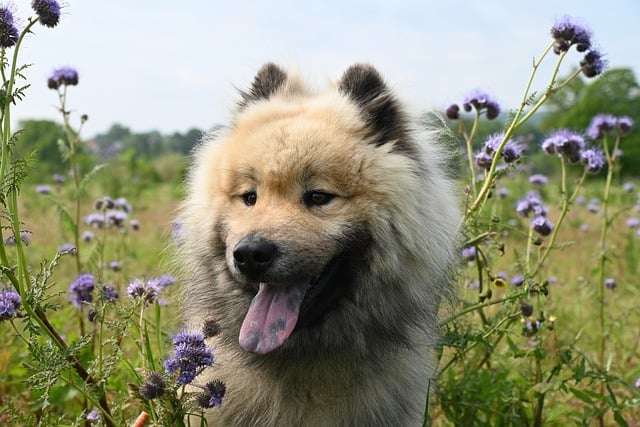


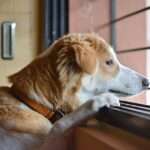
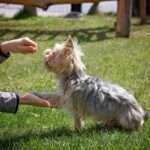
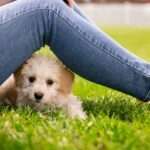
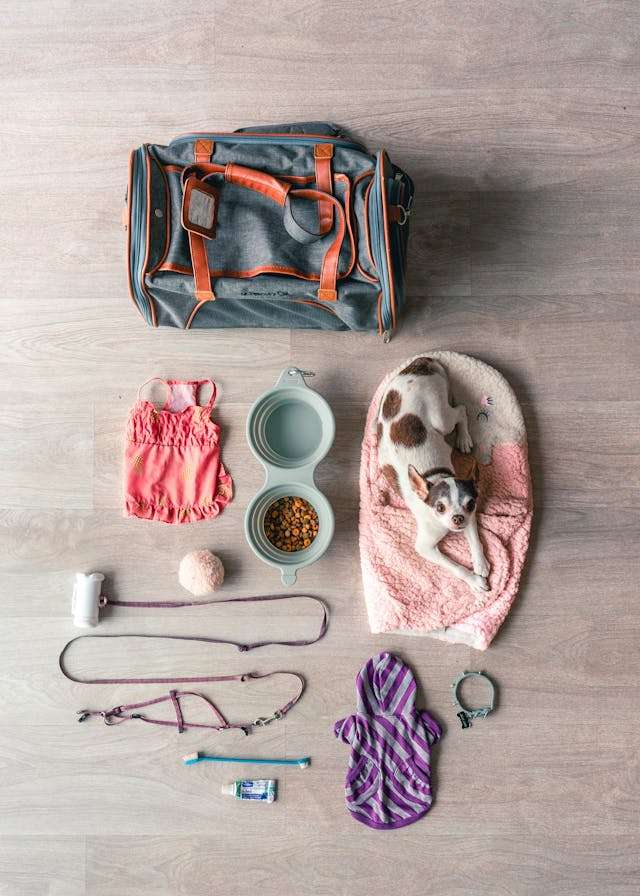
10 thoughts on “5 Environmental Factors Shaping Dog Behavior”